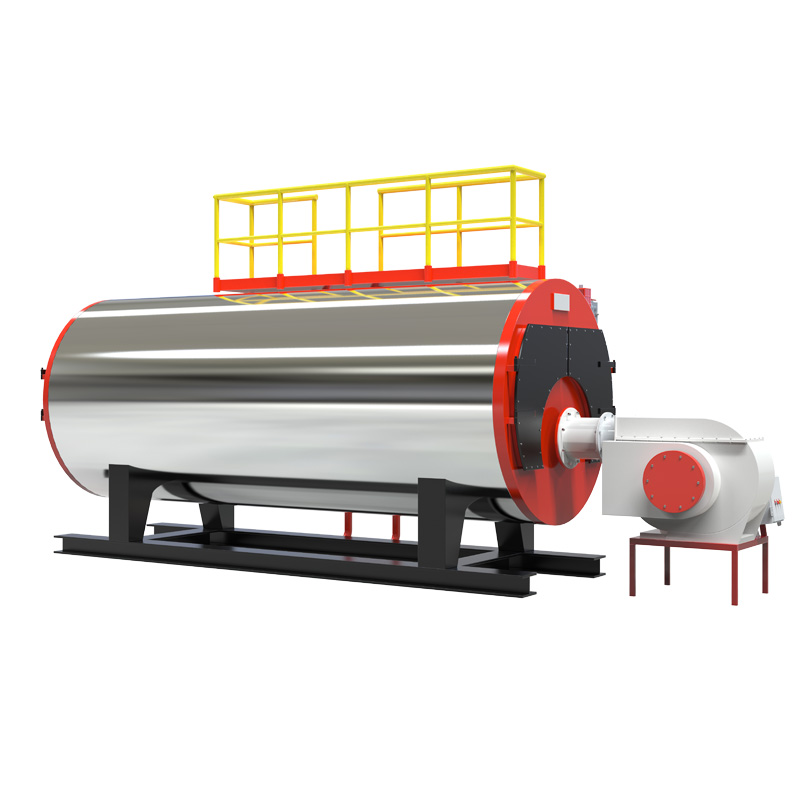
Окт . 09, 2024 22:00 Back to list
how to flush a hot water boiler
How to Flush a Hot Water Boiler A Step-by-Step Guide
Flushing a hot water boiler is an essential maintenance task that helps ensure the efficient operation of your heating system. Over time, sediment and minerals can accumulate in the boiler, leading to reduced efficiency, potential overheating, and even system failure. By following a systematic approach, you can effectively flush your hot water boiler and prolong its lifespan. This guide will walk you through the process.
Why Flush Your Hot Water Boiler?
Before diving into the steps, it's important to understand why regular flushing is necessary. Sediments such as lime and scale can build up in the boiler, which can cause hot spots that may damage the internal components. This build-up can reduce heat transfer efficiency, leading to higher energy bills. Additionally, sediment may hinder the boiler's ability to operate safely and effectively, increasing the risk of malfunction. Flushing the boiler removes these deposits, improves efficiency, and can prevent costly repairs.
When to Flush Your Boiler
Ideally, you should flush your hot water boiler at least once a year, typically before the heating season begins. However, if you notice signs of sediment build-up, such as a decrease in heating efficiency or strange noises coming from the boiler, it's best to address the issue sooner.
Tools and Materials Needed
Before you begin, gather the following tools and materials - A garden hose - A bucket (if needed for water catchment) - A wrench or pliers - Safety goggles and gloves - A utility knife (if necessary for hose cutting)
Step-by-Step Flushing Process
how to flush a hot water boiler

1. Turn Off the Boiler Start by switching off the boiler and allowing it to cool down completely. This is crucial for safety and to avoid burns.
2. Shut Off the Water Supply Locate the water supply valve and turn it off. This valve is usually found near the cold water inlet of the boiler.
3. Connect the Hose Attach a garden hose to the drain valve located near the bottom of the boiler. Make sure the other end of the hose is directed into a nearby drain or a large bucket to catch the water.
4. Open the Drain Valve Carefully open the drain valve slowly. As the sediment-laden water begins to flow out, you may notice a cloudy or discolored appearance. Allow the water to drain until it runs clear, indicating that most of the sediments have been flushed out.
5. Flush with Fresh Water After the water runs clear, close the drain valve. Then, briefly turn the water supply back on to flush fresh water through the system. Allow it to flow for a few minutes to ensure all remaining sediments are flushed away.
6. Close Everything Up Once flushing is complete, turn off the water supply again and close the drain valve securely. Disconnect the hose and make sure there are no leaks.
7. Restart the Boiler Finally, turn the boiler back on and monitor it for any irregular sounds or operational issues. Ensure the pressure gauge is reading appropriately.
Conclusion
Flushing your hot water boiler is a straightforward yet vital maintenance task. By incorporating this practice into your annual upkeep routine, you can help enhance the efficiency and longevity of your heating system. If at any point you're uncomfortable performing these steps, or if you notice persistent issues, it’s wise to contact a professional technician for assistance. Regular maintenance will ensure your boiler remains in top working condition, providing reliable heat when you need it most.
-
Oil Fired Hot Water Boilers Sale - High Efficiency & Affordable
NewsJul.31,2025
-
High-Efficiency Commercial Oil Fired Steam Boiler for Industry
NewsJul.30,2025
-
High-Efficiency Biomass Fired Thermal Oil Boiler Solutions
NewsJul.30,2025
-
High Efficiency Gas Fired Thermal Oil Boiler for Industrial Heating
NewsJul.29,2025
-
High-Efficiency Gas Fired Hot Water Boiler for Sale – Reliable & Affordable
NewsJul.29,2025
-
High Efficiency Biomass Fired Hot Water Boiler for Industrial and Commercial Use
NewsJul.29,2025
Related PRODUCTS






















